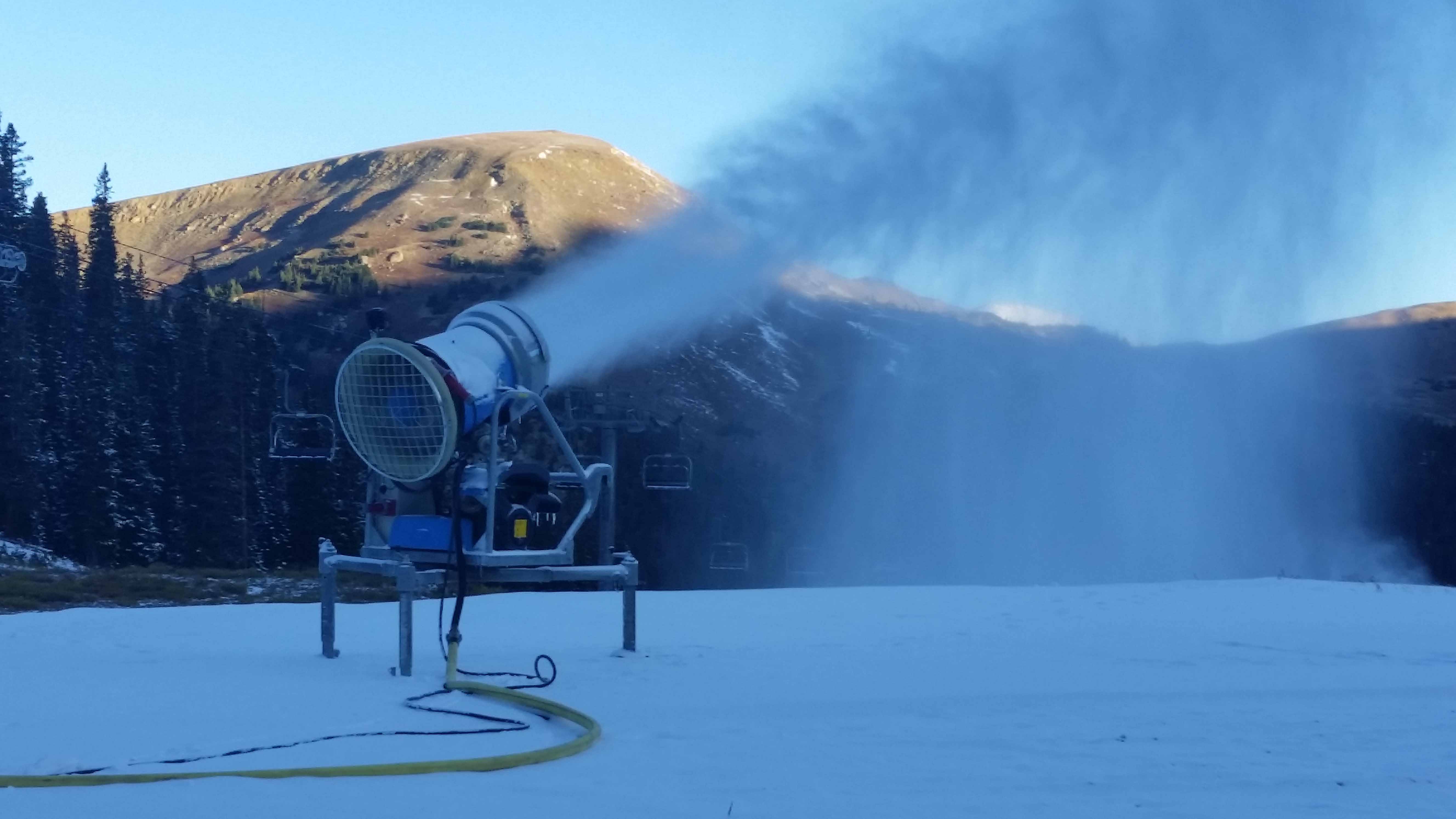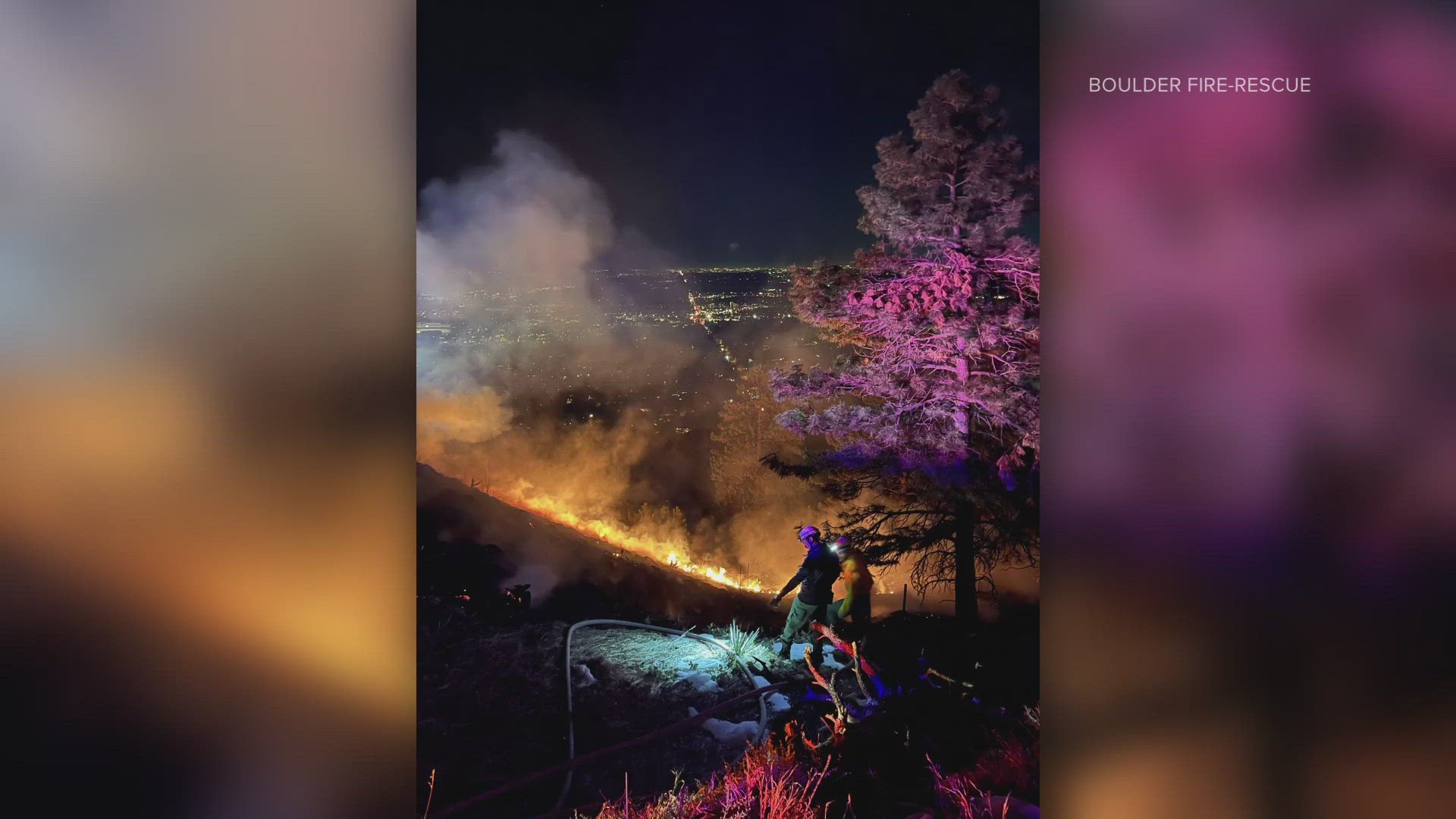A weekend snowstorm boosted Colorado's snowpack up by 3 percent and is now at 63 percent of normal.
The reason that snowpack totals are frequently reported in the news, is that it is something the affects every single one of us. Anyone that drinks water, eats food, washes the dishes, takes showers, or uses water in any way.
In a normal year, 80 percent of the water used by Coloradans comes from snow. That's 4 out of 5 cups of water.
Colorado is typically a very dry place. It is far from the Pacific Ocean and the Gulf of Mexico which supply our storms with moisture. By the time they get to us, a lot of it is gone.
That’s why Colorado is mostly a semi-arid climate, and some areas can even be called a high desert.
But the height of Rocky Mountains does a great job of pulling out even the slightest bit of moisture that's left in the atmosphere.
In the winter, that water is stored as snowpack, which conveniently melts and runs down to us when we need it the most, the spring and summer.
Brian Domonkos, a snow survey supervisor with the Natural Resources Conservation Service (NRCS) monitors the snowpack every day. He told 9NEWS that water managers rely on their data to plan how to allocate water in the coming summer.
“We try to predict how much water is going to be in the streams come June and July," said Domonkos.
That water will be used to drink, to water lawns, to grow food, to make power, and of course to recreate.
“We still have a significant portion of our winter left but we are beyond the halfway point,” said Domonkos.
He said our statewide snowpack deficit will likely remain, and while reservoir storage is high, a dry finish to this season might not hurt us this summer, but it will likely catch up to us at some point.
“No matter how full the reservoirs are, it’s most often not going to be enough to make up for the deficits that we are seeing right now in terms of snowpack,” said Domonkos.
NRCS says the South Platte Basin would only need slightly more than normal snowfall for the rest of the year to get back to average, but areas of southern Colorado will need more than twice the amount of snow they normally get in February, March, and April.
NRCS analysis also shows that since 1981, Colorado has only received enough snow in the final three months of the snow season (February, March, and April) to overcome a deficit of this magnitude 3 times during that span.
The Upper Rio Grand Basin has never during that 36-year stretch received enough snow to overcome a deficit like this years, but the South Platte Basin has received enough snow to overcome it's current deficit 17 times.


